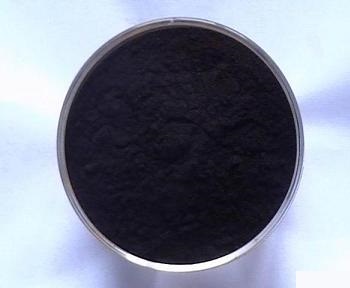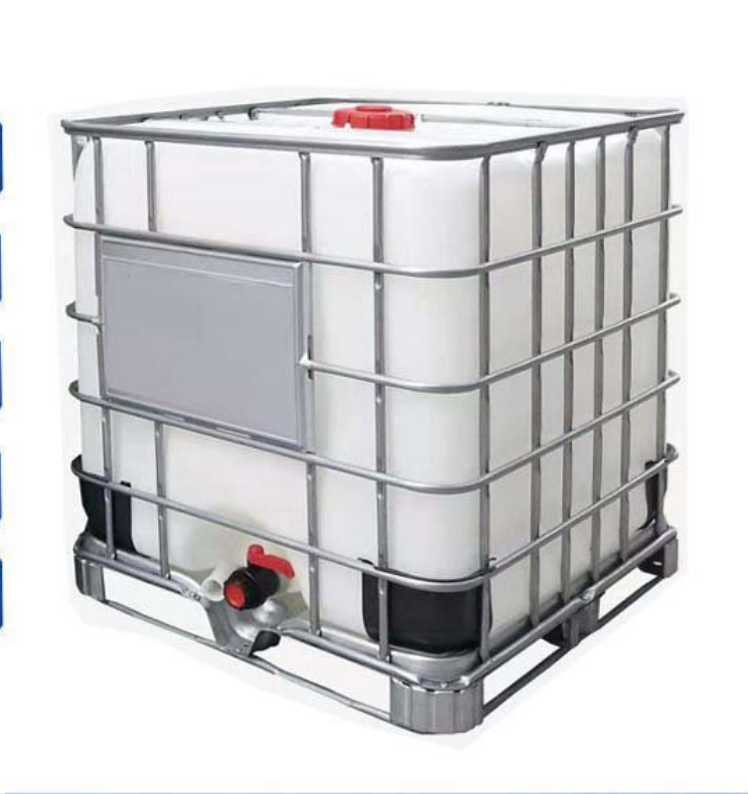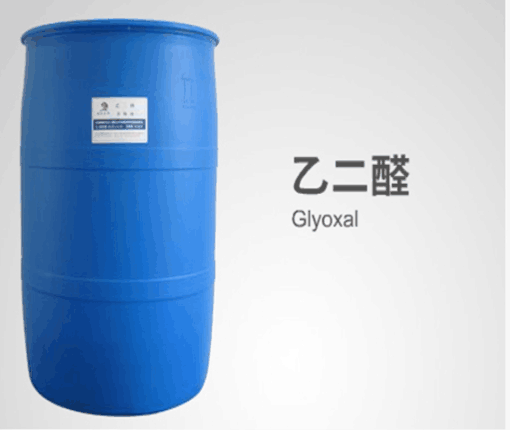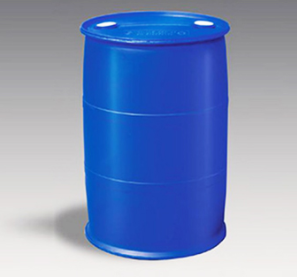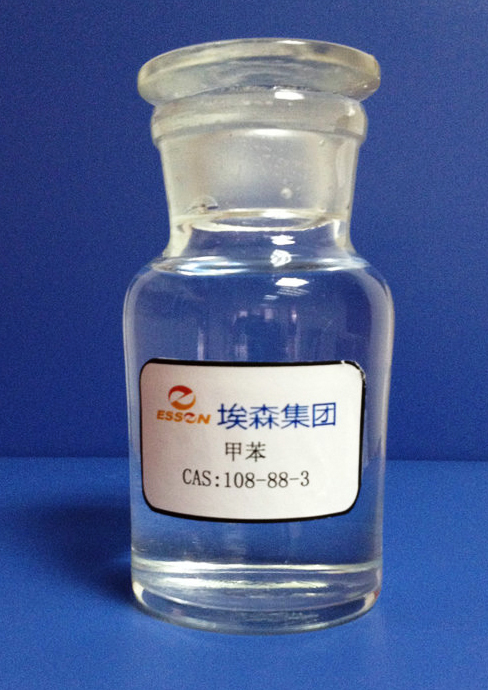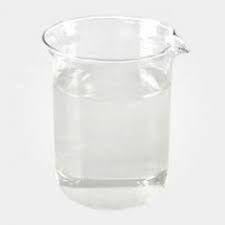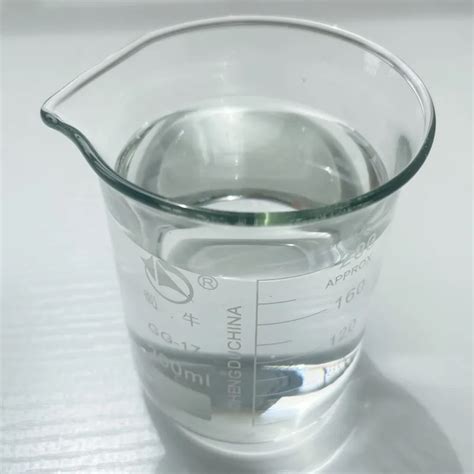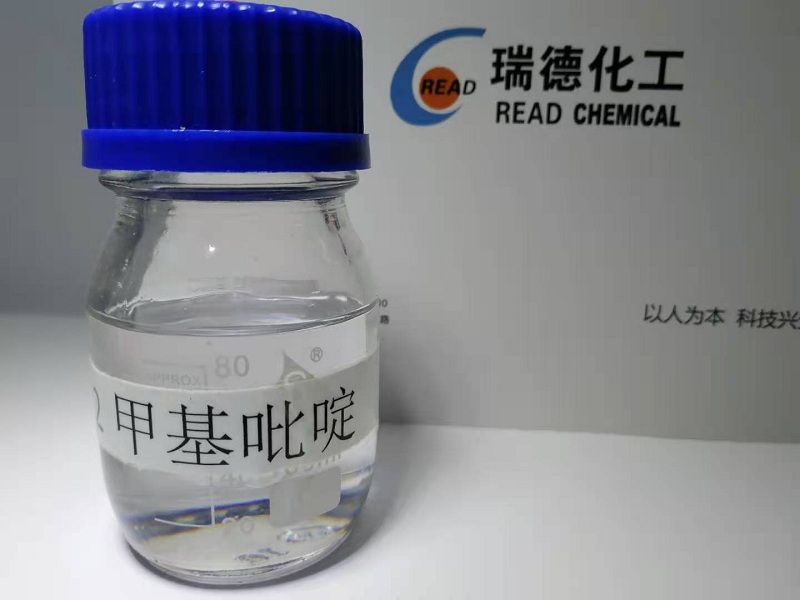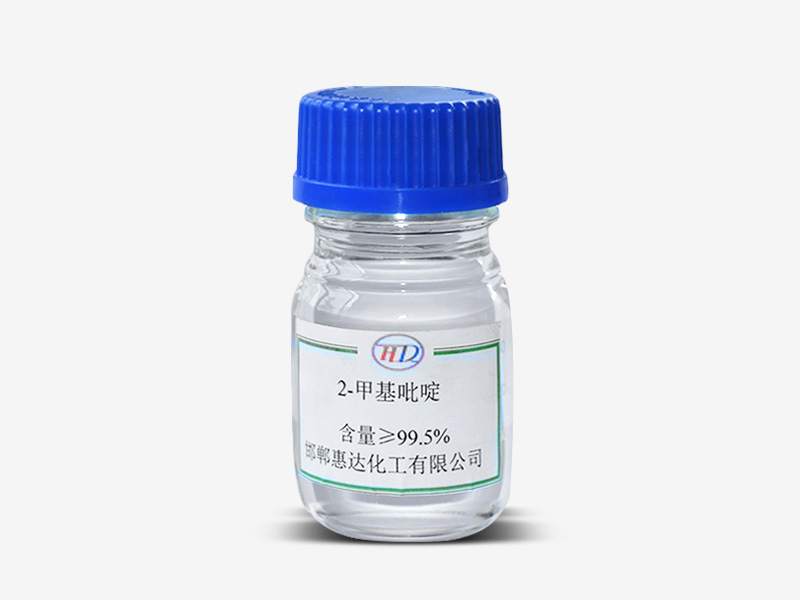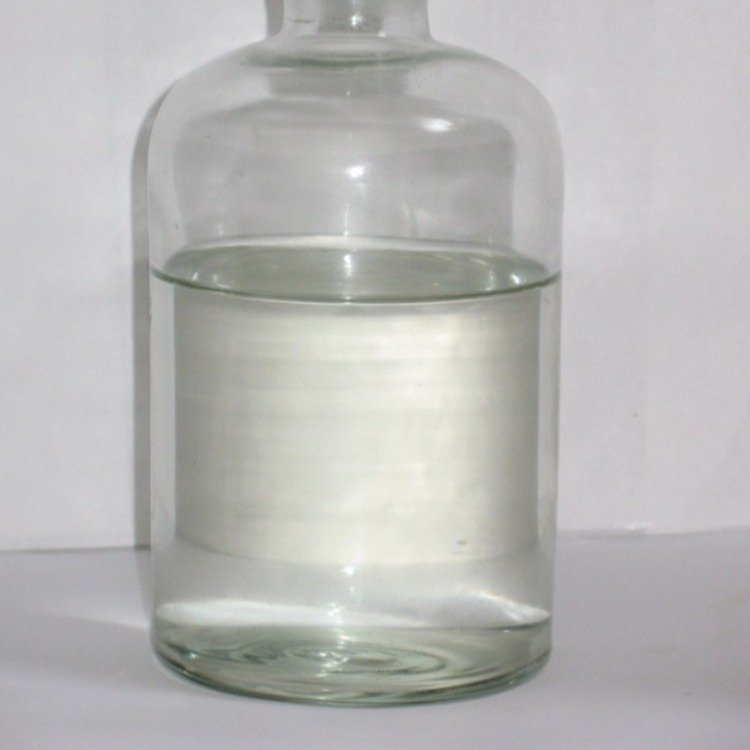Intermediates
Cationic Dyes
Pigment Black
Sulfur Dyes
Ingrain Dyes
Others
Pigment Orange
Solvent Dyes
Pigment
Vat Dyes
Dye Intermediates
Pigment Brown
Dyestuff
Pigment Violet
Dispersive Dyes
Other Dyes
Pigment Red
Pigment Yellow
Metallic Pigment
Pigment White
Reactive Dyes
Acid Dyes
Direct Dyes
Pigment Green
Basic Dyes
Nitrogen Compounds
Pigment Blue
Pearlescent Pigment
CAS:1064-48-8
Molecular Formula:C22H14N6Na2O9S2
Alias
More Information
ACID Black 1; Acid Black 10B; Amido Black 10B; Acid Black 2; Nigrosine; Buffalo Black NBR; C.I. Acid Black 1; Amidoschwarz; Nigrosin; Acidal Black 10B; Amido Black; Naphthol Blue Black B; Acidal Navy Blue 3BR; Acid Blue Black; Acid Blue-Black; Sandopel Blue P; Boruta Black A; Solar Blue Black; Acid Black H; Kiton Black HA; Acid Black BX; Blue Black SX; Eniacid Black SH; Kiton Blue SM; Acid Black BRX; Acid Black JVS; Aniline blue-Black; Fenazo Blue Black; Azo Dark Blue S; Kiton Black 2B; Brasilan Black BS; Acid Black 4BN; Acid Black 4BNU; Bucacid Blue Black; Eniacid Black IVS; Hidacid Blue Black; Napthol Blue Black; Acid Black Base M; Acid Blue Black B; Azo Dark Blue HR; Azo Dark Blue SH; Calcocid Blue Black; Metamine Blue Black; Acid Black 12B; Acilan Black 10B; Blue Black 12B; Acid Black 10BA; Acid Black 10BN; CI Acid Black 1; Airedale Black 2BG; Colacid Black 10A; Leather Black 10B; Acid Blue Black BG; Amacid Black 10BR; Atul Acid Black BX; Wool Navy Blue 2B; Acid Brown 187; Hispacid Black 10B; Naphthol Black 12B; Amido Black 10 B; Comacid Blue Black B; Eriosin Blue Black B; Fast Sulfon Black BN; Naphtylamine Black 4B; Naphtocard Black 12B; Naphthol Blue Black G; Naphthol Blue Black T; Naphthalene Black 12B; Acid Blue Black 10B; Acid Leather Blue IGW; Java Blue Black 10B; Mitsui Acid Blue Black; Naphthol Blue Black BC; Pontacyl Blue Black SX; Acid Leather Fast Blue Black G; Naphtylamine Black 10B; Atul Acid Black 10BX; Calcocid Blue Black 2R; Naphthalene Black 12BN; Naphthol Blue Black 6B; Diacid Blue Black 10B; Naphthol Blue Black CWC; Pontacyl Blue Black SXR; Tertracid Blue Black NB; Naphtylamine Black 10BN; Naphtol Blue Black 12B; Naphthylamine Black 10BR; D and C Black No. 1; Naphthol Blue Black 10B; Acid Leather Dark Blue G; D And C Black Number 1; Hastings Acid Black 10BG; Hastings Acid Black 10BR; Leather Fast Blue Black G; Vondamol Light Black 10B; Naphthazine Blue Black 6BN; Naphtylamine Black 10BR-CF; Azanol Fast Acid Black 10B; Kayaku Acid Blue Black 10B; Acid Blue Black Double 600; Amido Black 10B (C.I. 20470); Aminoschwarz 10B; 2,7-Naphthalenedisulfonic acid, 4-Amino-5-Hydroxy-3-((4-Nitrophenyl)azo)-6-(Phenylazo)-, Disodium salt; Disodium;4-Amino-5-Hydroxy-3-[(4-Nitrophenyl)Diazenyl]-6-Phenyldiazenylnaphthalene-2,7-Disulfonate; Fast Suln Black BN; Azo Dark Blue C 2B; CERN Kysela 1 [Czech]; CERN Kysela 1; Nigrosine B; Nigrosine WSB; Sodium 4-Amino-5-Hydroxy-3-(4-Nitrophenylazo)-6-(Phenylazo)Naphthalene-2,7-Disulphonate; Nigrosine wl Water Soluble; 4-Amino-5-Hydroxy-3-(p-Nitrophenylazo)-6-(Phenylazo)-2,7-Naphthalenedisulfonicaciddisodiumsalt; 4-Amino-5-Hydroxy-3-((4-Nitrophenyl)azo)-6-(Phenylazo)-2,7-Naphth- Alenedisulfonic acid, Disodium salt; 4-Amino-5-Hydroxy-3-((4-Nitrophenyl)azo)-6-(Phenylazo)Naphthalene-2,7-Disulphonic acid, Sodium salt; Disodium 4-Amino-5-Hydroxy-3-[(E)-(4-Nitrophenyl)Diazenyl]-6-[(E)-Phenyldiazenyl]Naphthalene-2,7-Disulfonate; Amido Black 10B, 0.2% v/v Solution in 5% Acetic acid; Amido Black Staining Solution 2X, Electrophoresis Reagent; Naphthol Blue Black, Bioreagent, Suitable for Electrophoresis; 2,7-Naphthalenedisulfonic acid, 4-Amino-5-Hydroxy-3-((4-Nitrophenyl)azo)-6-(Phenylazo)-, Sodium salt; 2,7-Naphthalenedisulfonic acid, 4-Amino-5-Hydroxy-3-(2-(4-Nitrophenyl)Diazenyl)-6-(2-Phenyldiazenyl)-, Sodium salt (1:2); 3-(4-Nitrophenylazo)-4-Amino-5-oxo-6-(2-Phenylhydrazono)-5,6-Dihydro-2,7-Naphthalenedisulfonic acid Disodium salt; Sodium 4-Amino-5-Hydroxy-3-((4-Nitrophenyl)Diazenyl)-6-(Phenyldiazenyl)Naphthalene-2,7-Disulfonate; Sodium 4-Amino-5-Hydroxy-3-((E)-(4-Nitrophenyl)Diazenyl)-6-((E)-Phenyldiazenyl)Naphthalene-2,7-Disulfonate
Brief Introduction
Amido black 10B is an amino acid staining diazo dye used in biochemical research to stain for total protein on transferred membrane blots. It is also used in criminal investigations to detect blood present with latent fingerprints. It stains the proteins in blood a blue-black color. Amido Black can be either methanol or water based as it readily dissolves in both. With picric acid, in a van Gieson procedure, it can be used to stain collagen and reticulin.
Suppliers
View More Vendors (3) >
CAS:107-22-2
Molecular Formula:C2H2O2
Alias
More Information
Odix; Glyoxale; Ethanedial; Oxalaldehyde; Biformyl; Diformal; Diformyl; Oxal; Biformal; Qxalie Aldehyde
Brief Introduction
Colorless or yellow crystals or liquids with deliquescent properties. Soluble in ethanol and ether, soluble in water. It is chemically active and can undergo addition or condensation reactions with ammonia, amides, aldehydes, and carboxyl-containing compounds. Glyoxal is mainly used in the textile industry. As a fiber treatment agent, it can increase the shrinkage and wrinkle resistance of cotton, nylon and other fibers. It is a durable pressing finishing agent. In Japan, this use accounts for 80% of the total consumption of glyoxal. Glyoxal is an insoluble binder such as gelatin, animal glue, cheese, polyvinyl alcohol and starch. Glyoxal is also used in the leather industry and for making waterproof matches. Glyoxal is a raw material for organic synthesis. 2D-resin is obtained by heating and condensing acetaldehyde, urea and formaldehyde in the presence of sodium carbonate, which is used as fabric finishing agent; glyoxal reacts with formaldehyde and ammonium sulfate to synthesize imidazole, and then synthesize imidazole antifungal drug clotrimazole, Miconazole, etc.; Glyoxal and o-phenylenediamine cyclization to obtain benzopyrazine: it is an intermediate of the anti-tuberculosis drug pyrazinamide. Hydroxyphenyl acetic acid produced from glyoxal has been industrially produced in Japan and used as an intermediate for antibiotics and vitamin A series products. Glyoxal is also used in the synthesis of berberine hydrochloride and the sulfa drug sulfamethoxazine. It is also used in insecticides, deodorants, corpse preservatives, and sand curing agents.
Suppliers
View More Vendors (3) >
CAS:108-88-3
Molecular Formula:C7H8
Alias
More Information
Methylbenzol; Toluen; Anisen; Phenylmethane; Bnh; Methacide; Meph; Phme; Benzene, Methyl-; Toluol; Methylbenzene; Petroleum Toluene; Tolueno; Toulol; Tolue; Tolueo; _|_; Benzene Derivative
Brief Introduction
Toluene is a clear, colorless liquid with a distinctive smell. Toluene occurs naturally in crude oil and in the tolu tree. It is also produced in the process of making gasoline and other fuels from crude oil and making coke from coal.Toluene is used in making paints, paint thinners, fingernail polish, lacquers, adhesives, and rubber and in some printing and leather tanning processes.
Suppliers
View More Vendors (3) >
CAS:109-06-8
Molecular Formula:C6H7N
Alias
More Information
Alphap; α-Picoline; 2-Picoline; o-Picoline;; Alpha-Picoline;; Picoline;; Pyridine, 2-Methyl-;; Methylpyridine; O-Picoline; A-Picoline; Alpha-Picoline
Brief Introduction
It can be used as raw materials for synthetic medicine, dyes and resins, and can be used to prepare fertilizer synergists, herbicides, livestock insect repellents, rubber accelerators, dye intermediates, etc.
Suppliers
View More Vendors (3) >
CAS:111-36-4
Molecular Formula:C5H9NO
Alias
More Information
Isocyanatobutane; Butyl Isocyanate; Butylisocyanat; 1-Isocyanatobutane; Butane, 1-Isocyanato-; N-Butyl Isocyanante; Butyl-Isocyanate; 1-Butyl Isocyanate; Isocyanic Acid Butyl Ester
Brief Introduction
This product is used as an intermediate of medicine and pesticide. It is an intermediate of fungicide benomyl.
Suppliers
View More Vendors (3) >
Inquiry (
10
/ 10
)
Clear All
Sign In
Error!

